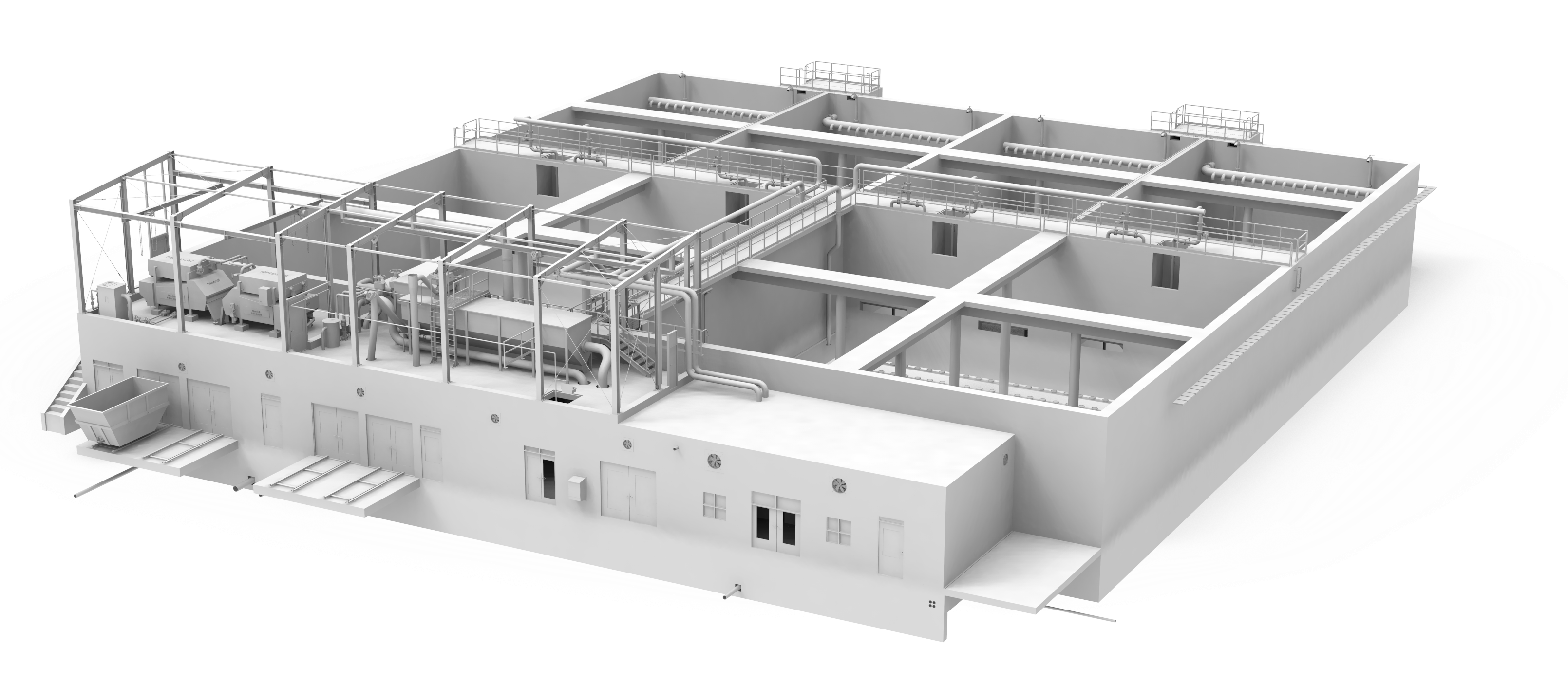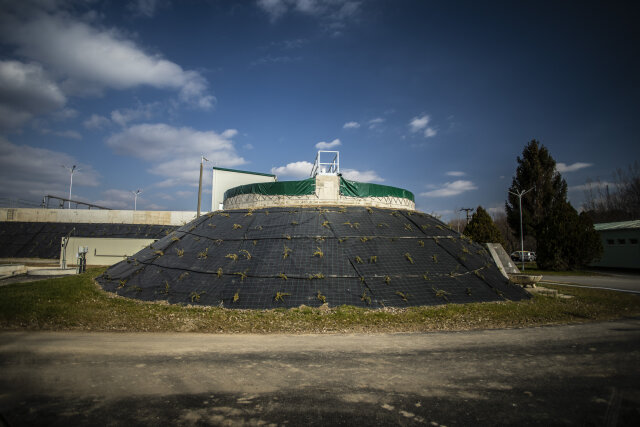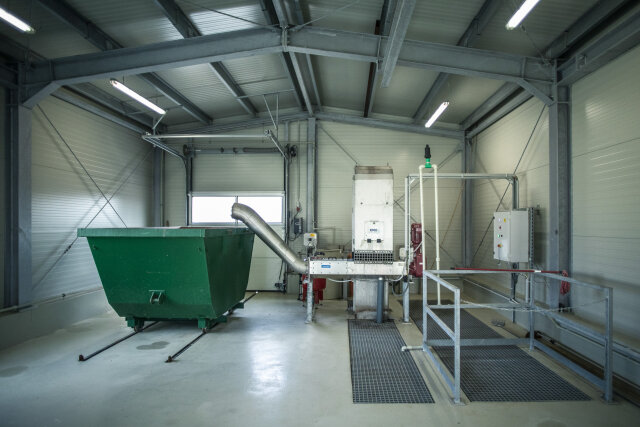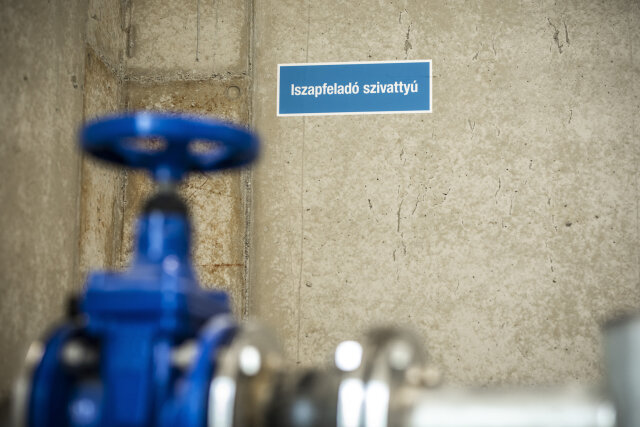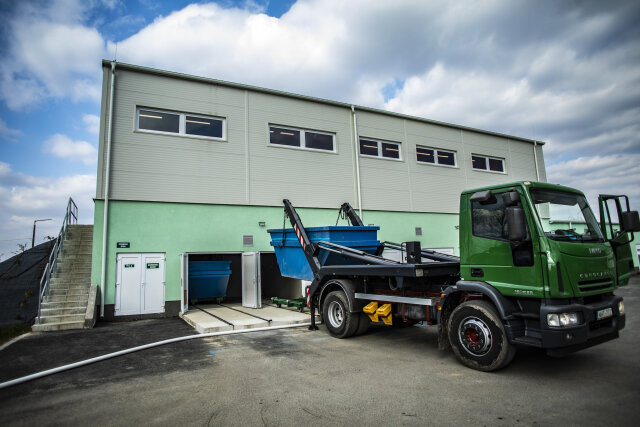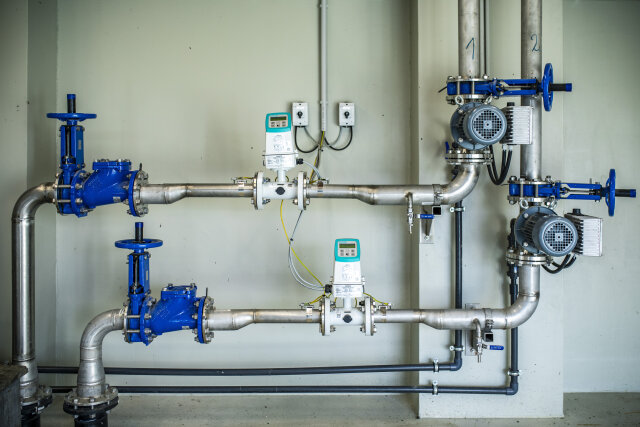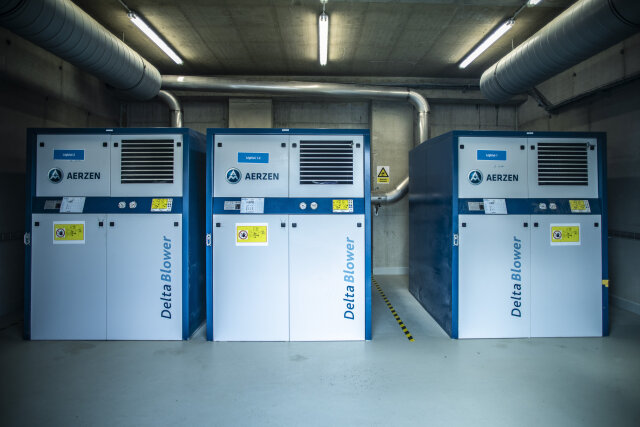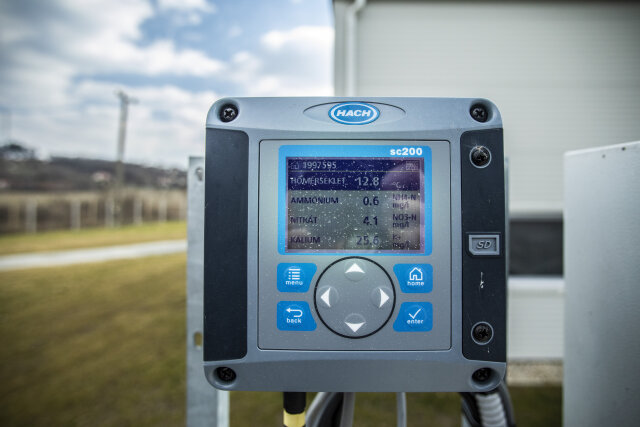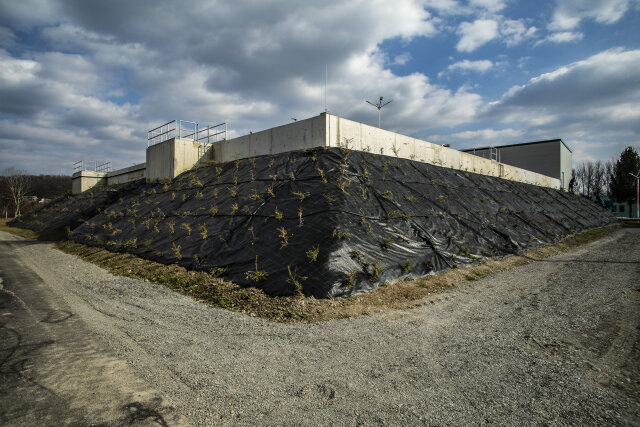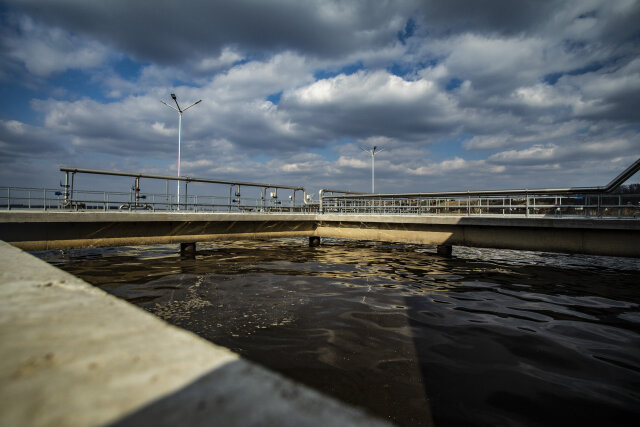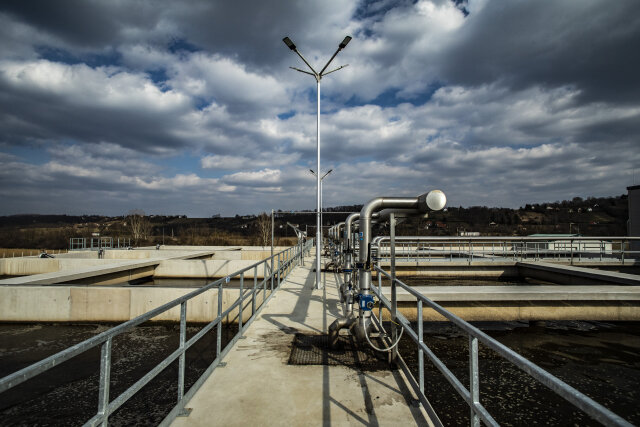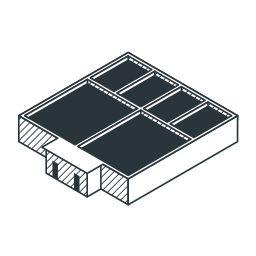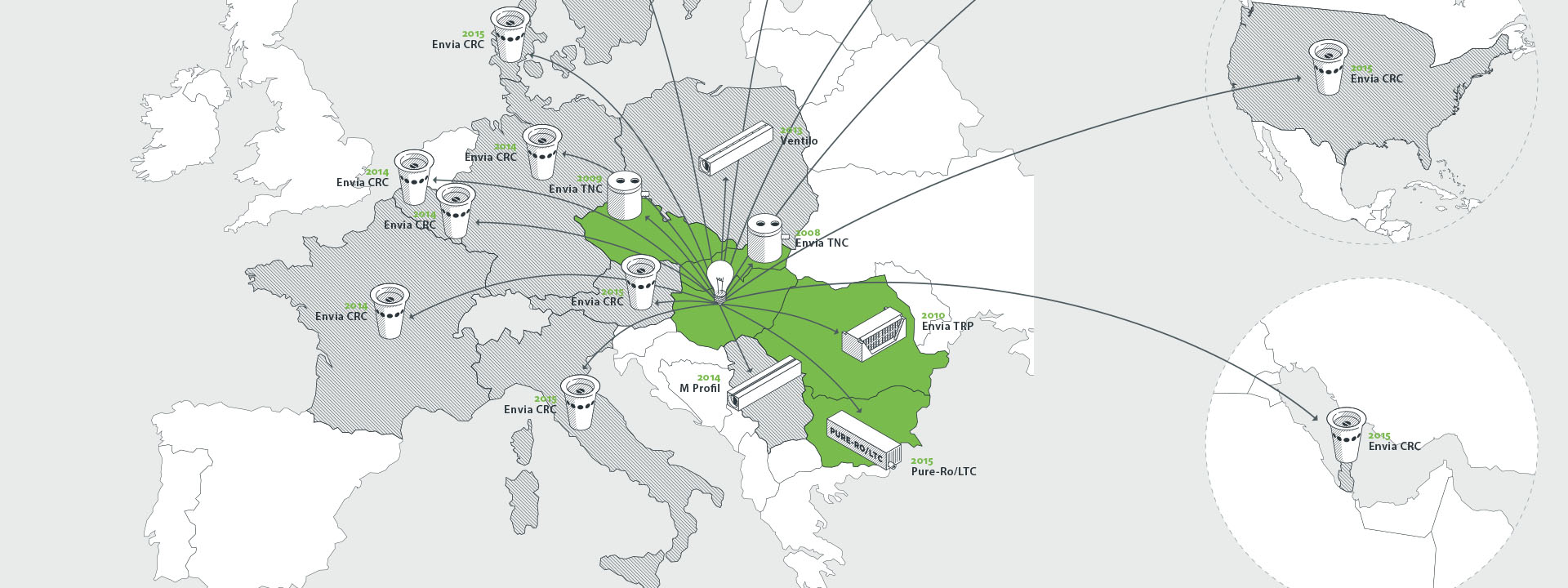BIOCOS® is an advantageous combination of continuous-flow technologies and the SBR system and represents an advancement compared to them, which makes the technology unique. No mechanical equipment within the aeration tank and the settlers while blower air is utilized for RAS-recycle and mixing (rough bubble mixing) resulting in low maintenance requirements and a significantly lower risk of any malfunction compared to other conventional activated sludge technologies. Using the technology lower investment costs can be reached due to the lack of mechanical equipment (only blowers and in-tank piping, no scrapers, mixers and recycle pumps) and common wall construction between the reactors. Due to its advanced working mechanism, the technology is flexible: it can be adapted to changing load conditions and can handle high hydraulic loads for example in case of heavy stormwater appearance. Mechanical pre-treatment (screening, sand and oil, grease removal), sludge treatment, and disinfection (UV, chemical dosing…etc) also can be adjusted to this technology.
Each BIOCOS®-module consists of one so-called aeration reactor (AIR) and two alternation reactors (ALT). The raw wastewater is continuously fed to the AIR-reactor (1a), but the ALT-reactors (1b-1c) operate cyclically. Intermittent aeration is required for this technology via fine bubble diffusers. The air blowers operation can be controlled via online oxygen probes, optimizing aeration for the lowest energy consumption. The nitrification and partial denitrification processes take place in the aeration basin (AIR tank), while the liquid-solid phase separation (secondary clarification) and the post-anoxic endogenous denitrification happen in the sedimentation and circulation basins (ALT-reactors).
Each aeration zone (1.a. -AIR) is connected with two alternating sludge recycling and settling tanks (1b, 1c- ALT 1-2).
Component of the technology
- 1 basins
- 1a the aeration basin (AIR)
- 1b-1c alternating sludge recycling and settling tanks (ALT 1-2)
- 2 Blowers to aeration (1a) and air-driven RAS-recycle and reactor mixing
- 3 chemical dosing system (if necessary)
- 4 sludge removal
- 4a recirculated aerobic sludge (RAS)
- 4b wasted aerobic sludge (WAS)
Operating principle
1. The effluent valve of one of the settling compartments ALT 1 is open allowing the feed-flow to the aeration tank to push out the supernatant water from the corresponding settler. The raw wastewater is continuously fed to the aeration reactors (AIR reactor), providing continuous flow operation.
2. While one of the ALT 1 zone is in the discharge phase, different phases (RAS, mixing, settling) take place in ALT 2 compartment, the ALT 2 operates cyclically.
3. Sludge recycle (RAS) phase from ALT 2: Recycling of the thickened bottom layer of the settled sludge blanket from the ALT 2- to the AIR tank
4. Mixing phase (MIX) in ALT 2: the settled sludge in the ALT 2-reactor zone is mixed by coarse bubble aeration for a few minutes. High mixing intensity homogenizes and re-aerates the anoxic sludge blanket.
5. Sedimentation (SED) phase in ALT 2: Settling sludge blanket – formation of a floc-filter for fine particle removal and development of a dense bottom sludge layer.
6. Discharge (DIS) phase in ALT 1: Intermittent aeration in the AIR-tank for nitrogen removal and continuous discharge of supernatant water from ALT 2 tank at the same time. (no water-level variation).
About the technology:
Fields of application
- PURE-BIOCOS® biological systems are used above a capacity of 500 m3 / day.
Advantages of the product
- continuous feed, continuous purified water discharge,
- compact: no need for multiple pump lifting among treatment steps (no separate anoxic tank, no separate secondary clarifier)
- flexible: it can adapt to changing load conditions and can handle high hydraulic peek-loads without additional equalization tank
- high treatment efficiency: low effluent concentrations
- less mechanical equipment: air-driven RAS-recycle and reactor mixing (motoric valve provided to switch and regulate the air supply) resulting in lower investment costs
Key benefits
- effective organic matter and nitrogen removal
- automatic control system (time-based)
- unique but simple operation
- lower maintenance and electric energy cost compared to other activated sludge technologies
- compact configuration
- lower space demand compared to conventional, continuous flow AS technologies, compact footprint without separate anoxic basins, piping and recycle pump-station, equalization tank, separate sec. clarifier cost-effective solution no excavator bridge required

